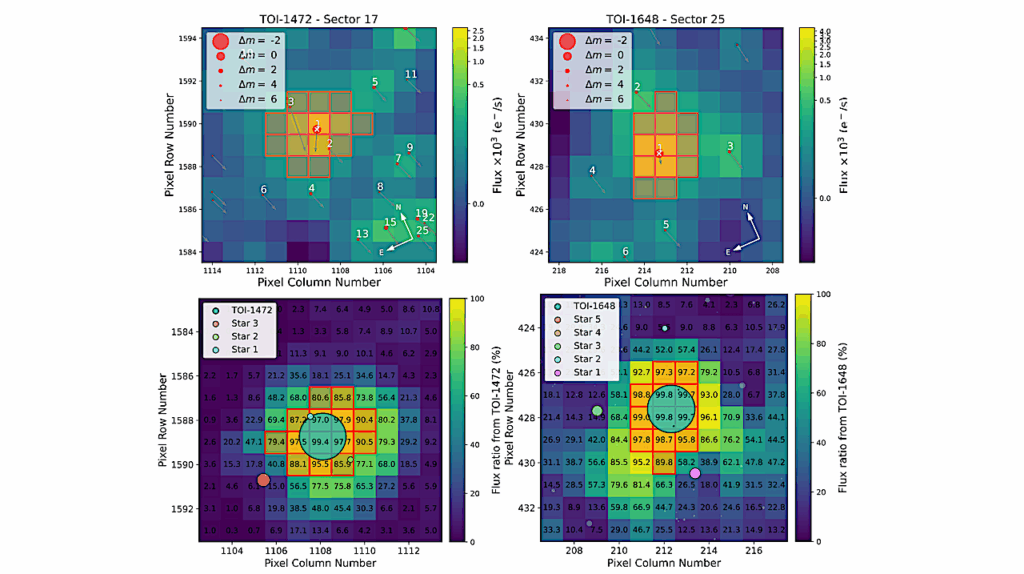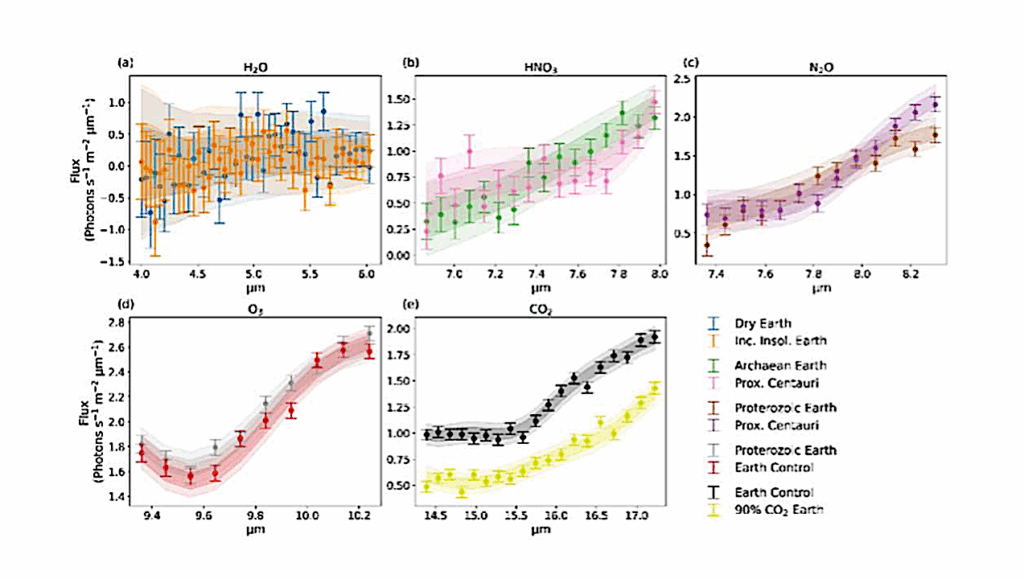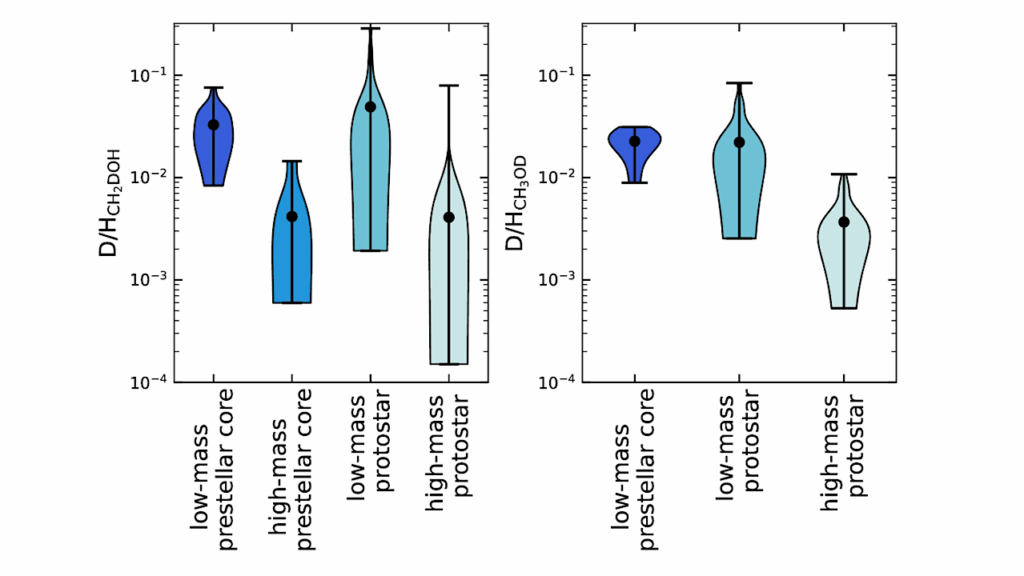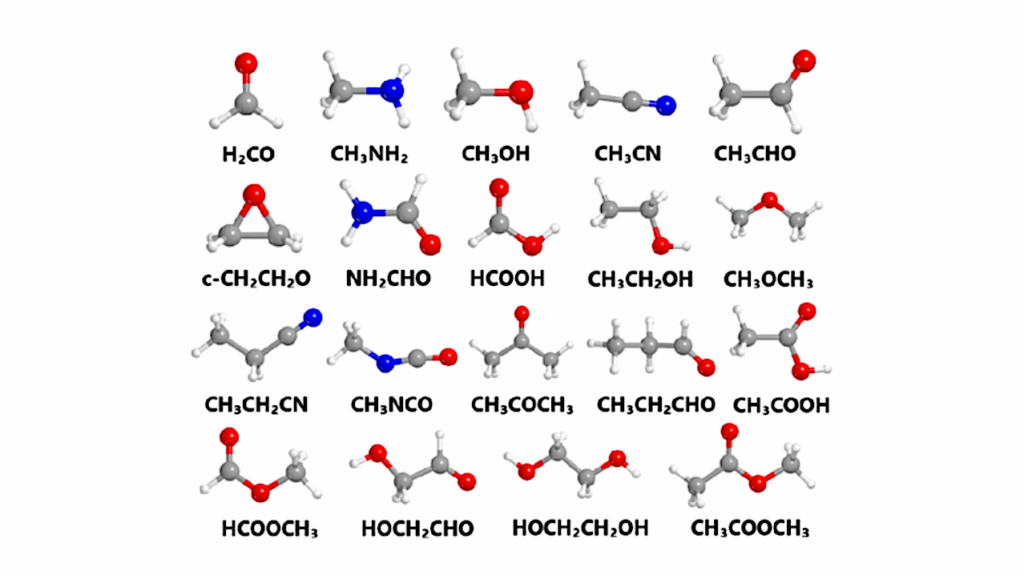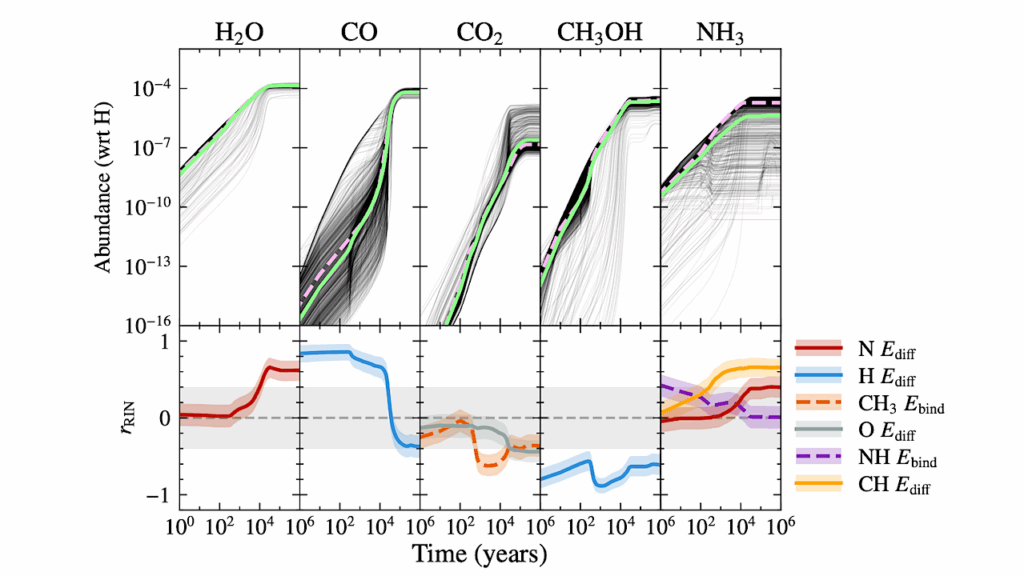Terrestrial And Neptune Mass Free-floating Planet Candidates From The MOA-II 9-year Galactic Bulge Survey
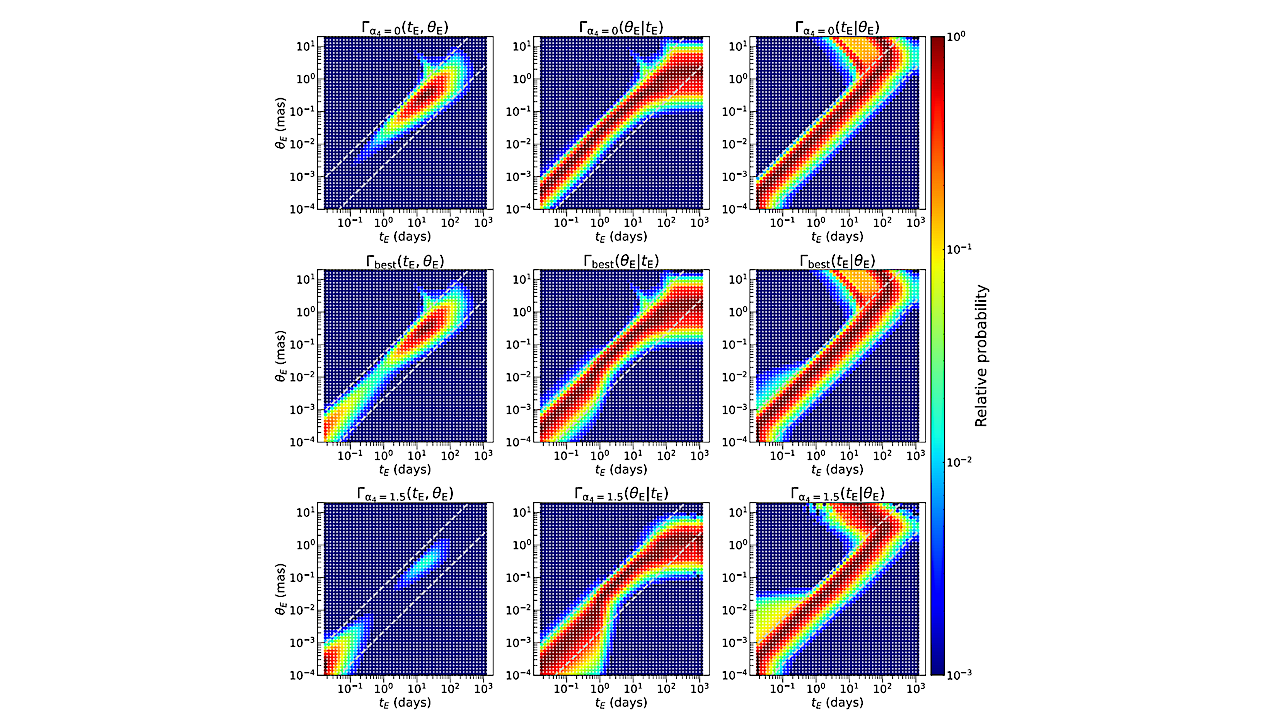
We report the discoveries of low-mass free-floating planet (FFP) candidates from the analysis of 2006-2014 MOA-II Galactic bulge survey data.
In this dataset, we found 6,111 microlensing candidates and identified a statistical sample consisting of 3,535 high quality single lens events with Einstein radius crossing times in the range 0.057<tE/days<757, including 13 events that show clear finite source effects with angular Einstein radii of 0.90<θE/μas<332.54.
Two of the 12 events with tE<1 day have significant finite source effects, and one event, MOA-9y-5919, with tE=0.057±0.016 days and θE=0.90±0.14 μas, is the second terrestrial mass FFP candidate to date. A Bayesian analysis indicates a lens mass of 0.75+1.23−0.46 M⊕ for this event. The low detection efficiency for short duration events implies a large population of low-mass FFPs.
The microlensing detection efficiency for low-mass planet events depends on both the Einstein radius crossing times and the angular Einstein radii, so we have used image-level simulations to determine the detection efficiency dependence on both tE and θE. This allows us to use a Galactic model to simulate the tE and θE distribution of events produced by the known stellar populations and models of the FFP distribution that are fit to the data.
Methods like this will be needed for the more precise FFP demographics determinations from Nancy Grace Roman Space Telescope data.
Naoki Koshimoto, Takahiro Sumi, David P. Bennett, Valerio Bozza, Przemek Mróz, Andrzej Udalski, Nicholas J. Rattenbury, Fumio Abe, Richard Barry, Aparna Bhattacharya, Ian A. Bond, Hirosane Fujii, Akihiko Fukui, Ryusei Hamada, Yuki Hirao, Stela Ishitani Silva, Yoshitaka Itow, Rintaro Kirikawa, Iona Kondo, Yutaka Matsubara, Shota Miyazaki, Yasushi Muraki, Greg Olmschenk, Clément Ranc, Yuki Satoh, Daisuke Suzuki, Mio Tomoyoshi, Paul J. Tristram, Aikaterini Vandorou, Hibiki Yama, Kansuke Yamashita
Comments: 29 pages, 10 figures, 8 tables, submitted to an AAS journal
Subjects: Earth and Planetary Astrophysics (astro-ph.EP); Astrophysics of Galaxies (astro-ph.GA)
Cite as: arXiv:2303.08279 [astro-ph.EP] (or arXiv:2303.08279v1 [astro-ph.EP] for this version)
https://doi.org/10.48550/arXiv.2303.08279
Focus to learn more
Submission history
From: Naoki Koshimoto Dr.
[v1] Wed, 15 Mar 2023 00:00:01 UTC (8,252 KB)
https://arxiv.org/abs/2303.08279
Astrobiology



